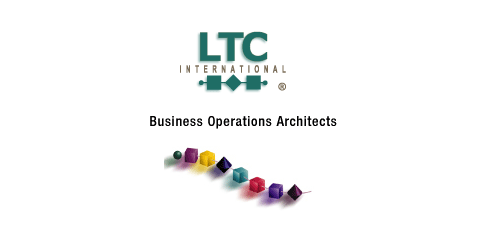|
|

article page | 1 | 2 | 3
has famously given us an insight in a Business Week article (November 7, 2005) in which he is quoted as saying: “Now what they would like to do is use my pipes free, but I ain't going to let them do that because we have spent this capital and we have to have a return on it. So there's going to have to be some mechanism for these people who use these pipes to pay for the portion they're using … we and the cable companies have made an investment and for a Google or Yahoo! or Vonage or anybody to expect to use these pipes [for] free is nuts!”
Now everyone knows that Google and the others don’t use the pipes for free. They already pay millions to various service providers for access to the Internet, so that’s not the issue being discussed here. The problem, from AT&T’s perspective at least, is that they do not pay extra money to the service providers to connect to their customers. AT&T’s customers pay for access too of course, but they don’t pay extra when they access a particularly valuable piece of content,
|
|
"The imagination of the content billing experts is fertile, but realists in the big service providers know that they can’t take this too far..." |
|

There may well be social and large-scale economic consequences of one charging approach over the other but that is a topic for another article. Businesses tend to adopt the strategies they consider to be best for their business performance as perceived by their shareholders, and most boards find that hard enough without taking into account those wider issues. Shareholders in the large incumbent phone companies will understandably applaud any initiative that promises to deliver extra profitable revenues, but only if promises are actually fulfilled.
So what are the benefits, costs, and risks? Answering such questions has always been part of planning the evolution of a telco. IMS doesn’t make that any different. Service providers routinely have to make decisions
|
|
|
|
|

or when they buy an expensive gadget on eBay. So charging for content is the clearly stated objective, but the exact form that will take is not yet clear. The imagination of the content billing experts is fertile, but realists in the big service providers know that they can’t take this too far without sending their customers in search of alternatives.
And I’m pretty sure that alternatives will exist, because some service providers, large and small, traditional and new, will continue to provide simpler, non-IMS based access because every assessment of the “best” business model is different.. Some service providers will hedge their bets and continue to provide “free and unfettered” Internet access alongside more controlled services over an IMS-based network, in order to see which option the majority of customers prefer. Access competitors to the incumbents already exist – not just cable companies and CLECs, but also power companies, municipalities and housing developers – and choice will increase as they continue to deploy a range of network access technologies such as IP over power (PowerLine), broadband wireless, mesh WiFi and fiber-to-the-premises.
|
|

about prices, service quality, and customer reaction based on less-than-perfect understanding of social drivers, future technological developments and as-yet-unknown novel business models that competitors have a habit of inventing. (There’s something about this technology that seems to be spawning business creativity in new start-ups, and that adds much-needed spice and excitement to the lives of strategists and planners in the big incumbents.)
So the question to be answered is not so much about IMS itself, but about the associated cost of complexity. Customer billing is just one dimension, but is a useful example. The incumbent’s strategists must take into account not just what it is possible to bill for, but how much extra it will cost to process and send those bills, and at what level of extra cost some customers will start looking for alternatives.
|
|
|
|




